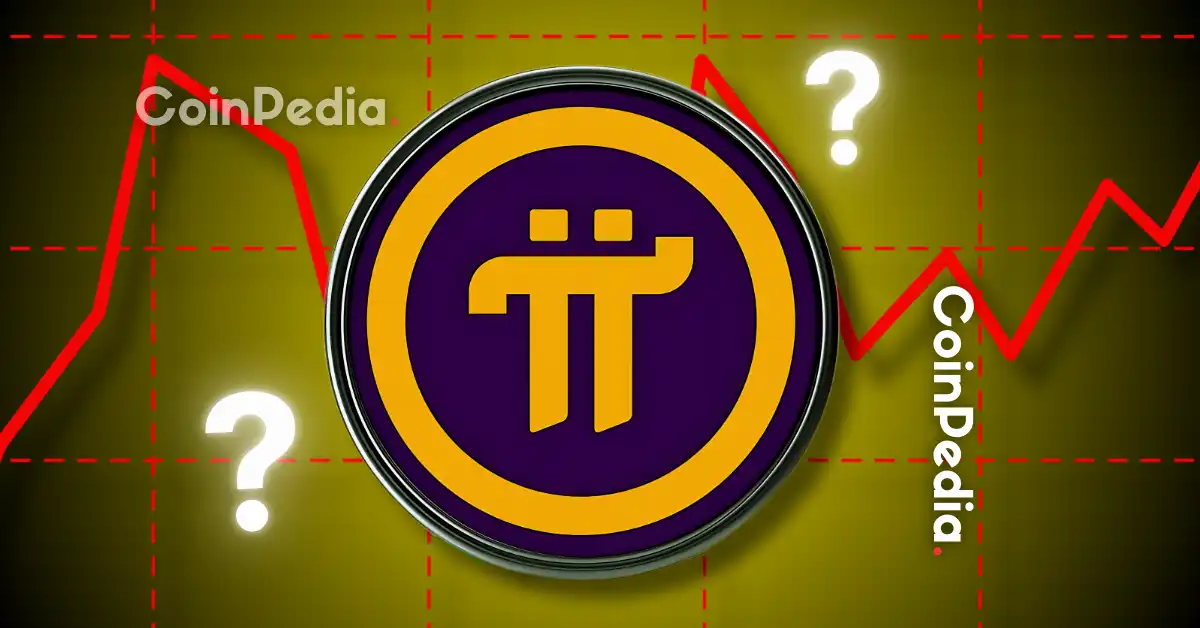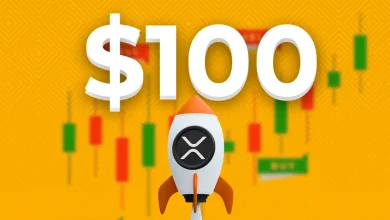
DOGE trades at $0.227 with a market cap of $34.4 billion, while Pi sits at $0.263 with only $2.16 billion.
Pi faces hurdles in transparency, decentralization, and exchange access.
These struggles gets Pi outperformed by DOGE
Pi Network has been developing for years with a mobile-first approach and a mining community, yet it struggles to gain significant market traction. Dogecoin, a meme coin with little real utility, continues to dominate in recognition and liquidity. DOGE trades at $0.227 with a market cap of $34.4 billion, while Pi sits at $0.263 with only $2.16 billion. Despite having far fewer coins and a more defined vision, Pi hasn’t been able to challenge Dogecoin’s market position.
Pi faces hurdles in transparency, decentralization, and exchange access. It has been delisted from some platforms, and speculated listings on Binance and Coinbase have not materialized. Limited partnerships and delayed decisions from the core team hinder its adoption and market confidence.
“How is it possible that a meme coin with 151 billion coins can hold $0.22, while Pi with 20x fewer coins and a real vision sits only slightly higher at $0.26?” one expert questioned on social media.
- Also Read :
- Is Altcoin Season 2025 Dead or Delayed?
- ,
Pi Struggles to Match Dogecoin’s Market Success
Pi Network has several advantages that Dogecoin does not. It has a large community that actively mined and earned the coin, a clear white paper with real-world goals, and ecosystem apps and use cases under development.
Despite this, Dogecoin continues to lead in global recognition and market confidence. DOGE benefits from momentum, liquidity, and transparency. Pi, on the other hand, remains limited by closed ecosystems, delays, and centralization within its core team.
Conclusion
Pi continues technical upgrades and community building, but without broader market adoption or improved transparency, its ability to surpass meme coins remains uncertain. Market dynamics show that fundamentals alone do not guarantee success in crypto.
Never Miss a Beat in the Crypto World!
Stay ahead with breaking news, expert analysis, and real-time updates on the latest trends in Bitcoin, altcoins, DeFi, NFTs, and more.
FAQs
Pi has a defined vision and utility roadmap, while Dogecoin leads in recognition and liquidity. “Better” depends on your priority: long-term utility vs. current market momentum.
There is no confirmed date. Listings depend on the Pi Core Team opening the mainnet and meeting exchange requirements for decentralization and liquidity, which remains pending.
It’s possible if Pi achieves its utility goals, secures major exchange listings, and gains market trust. However, overcoming Dogecoin’s first-mover advantage and liquidity is a significant challenge.
Trust with CoinPedia:
CoinPedia has been delivering accurate and timely cryptocurrency and blockchain updates since 2017. All content is created by our expert panel of analysts and journalists, following strict Editorial Guidelines based on E-E-A-T (Experience, Expertise, Authoritativeness, Trustworthiness). Every article is fact-checked against reputable sources to ensure accuracy, transparency, and reliability. Our review policy guarantees unbiased evaluations when recommending exchanges, platforms, or tools. We strive to provide timely updates about everything crypto & blockchain, right from startups to industry majors.
Investment Disclaimer:
All opinions and insights shared represent the author's own views on current market conditions. Please do your own research before making investment decisions. Neither the writer nor the publication assumes responsibility for your financial choices.
Sponsored and Advertisements:
Sponsored content and affiliate links may appear on our site. Advertisements are marked clearly, and our editorial content remains entirely independent from our ad partners.







